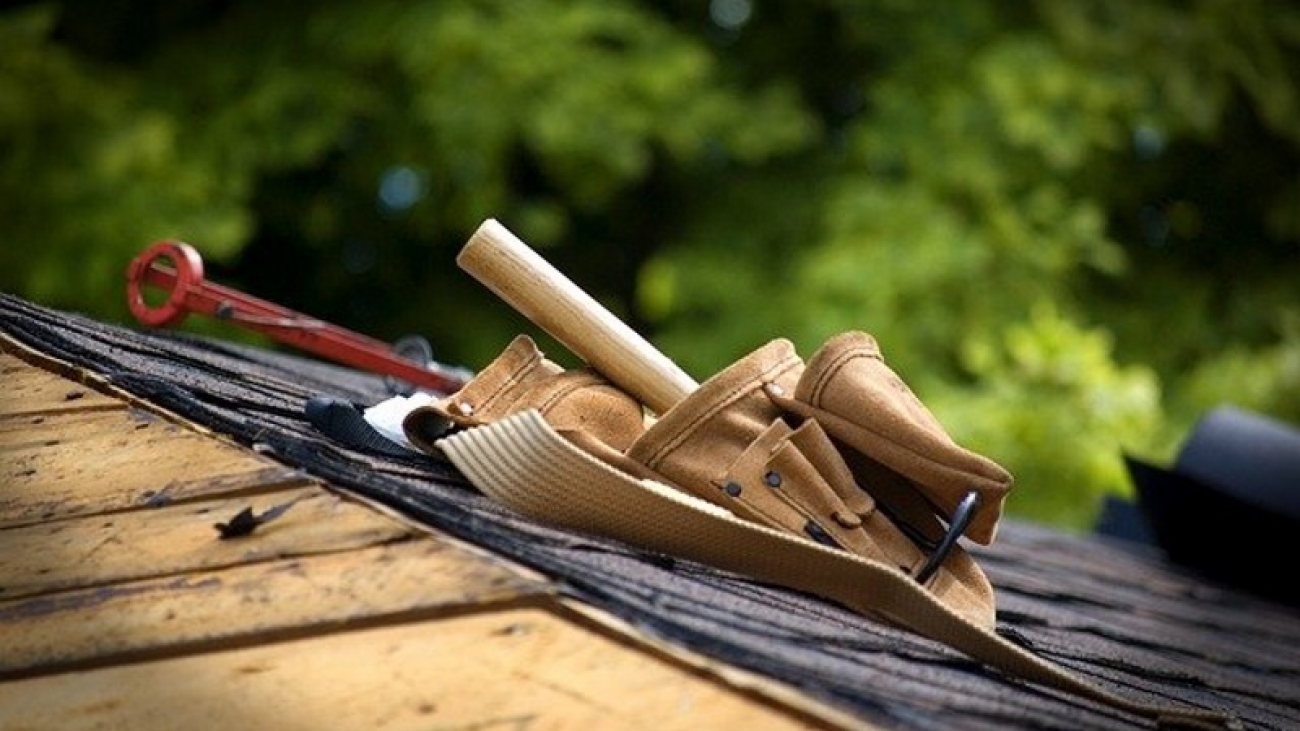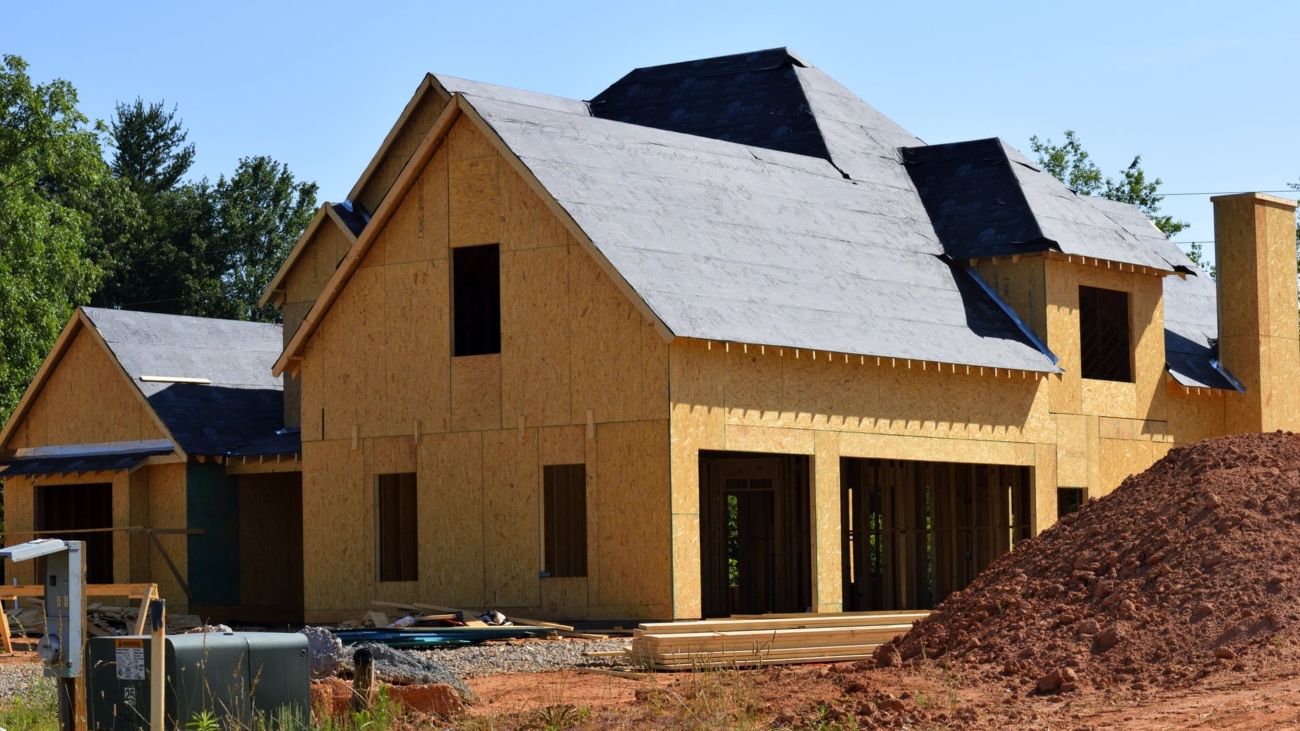Exploring rolled roofing systems
When it comes to roofing solutions, one option that often flies under the radar is rolled roofing. Rolled roofing offers a cost-effective, practical, and efficient way to cover flat or low-slope roofs. In this comprehensive blog post, we’ll delve into exploring rolled roofing systems, the most popular types and the advantages and disadvantages of this roofing option. We will also touch on when choosing a rolled roofing system is the best option for you.
What Is Rolled Roofing?
Rolled roofing, also known as roll roofing, is a roofing material commonly used on low-slope or flat roofs. Unlike traditional shingles, rolled roofing typically comes in rolls, making it easier to install on large surfaces. This cost-effective roofing material is often made from materials such as asphalt, rubber and fiberglass.
Low-Slope and Flat Roofs:
Low-slope roofs are a type of roofing design characterized by a gentle incline, often with a pitch ranging from 2:12 to 4:12. In simpler terms, for every 12 horizontal inches, the roof rises only 2 to 4 inches. Low-slope roofs are commonly found on various structures, including commercial buildings, modern residential homes, and industrial facilities.
Flat roofs, on the other hand, are nearly horizontal or have a very slight slope, typically ranging from 1:12 to 2:12. These roofs are nearly level and are often used in commercial and industrial settings, as well as in some residential architecture. Despite being called “flat roofs,” they usually have a slight pitch to facilitate water drainage.
Rolled roofing
Rolled roofing is a great option when it comes to affordability. Because it is cost-effective, it is great for those who are on a tight budget. The materials that make up rolled roofs are inexpensive and the installation process is very easy. The experts at Cambie Roofing can complete rolled roofing projects in a very timely manner so if you need a roofing system installed fast, rolled roofing might be the best option for you. It is also known to be low maintenance which means with regular inspections and minor fixes, your rolled roof can have a good life.
There are some disadvantages to rolled roofing systems such as limited lifespans. Compared to other roofing systems, rolled roofs don’t last the longest. Typically you’ll get between five and 15 years from your rolled roofing system. Secondly, rolled roofs are not the prettiest. You don’t get the modern style from rolled roofs that you would get with materials such as slate or shingles. They also don’t come in many colour options which can deter some homeowners. Lastly, they aren’t the best at fending off extreme weather conditions like heavy snow and strong winds and don’t offer a lot of insulation.
Asphalt Rolled Roofing:
Advantages:
Affordability: Asphalt rolled roofing is one of the most budget-friendly roofing options available.
Ease of Installation: It is relatively easy to install which means lower labor costs.
Quick Installation: Contractors can complete asphalt rolled roofing projects swiftly.
Low Maintenance: It requires minimal upkeep.
Disadvantages:
Limited Lifespan: Asphalt rolled roofing typically has a shorter lifespan compared to other materials, ranging from five to 15 years.
Aesthetics: It may not be the most visually appealing option for residential homes.
Vulnerability to Extreme Weather: It may not provide the same level of protection as more robust roofing systems in areas with harsh weather conditions.
Rubber Rolled Roofing:
Advantages:
Resistance: Rubber roofing, often made from EPDM (Ethylene Propylene Diene Monomer), is known for its resistance to extreme temperatures, UV radiation, and ozone exposure.
Durability: EPDM rubber roofing can last 20 years or more.
Low Maintenance: It generally requires minimal maintenance.
Versatility: Suitable for flat or low-slope roofs.
Disadvantages:
Higher Upfront Cost: Rubber rolled roofing can be more expensive than asphalt.
Modified Bitumen Rolled Roofing:
Advantages:
Waterproofing: Modified bitumen roofing excels in waterproofing.
Durability: It is resistant to temperature fluctuations and suitable for both residential and commercial applications.
Installation Options: Can be installed using a torch-down or self-adhesive method.
Disadvantages:
Limited Aesthetic Options: There are limited color choices.
When to Choose Rolled Roofing
Temporary Roofing Needs: Rolled roofing is an excellent choice for temporary roofing needs, such as covering a shed, garage, or small outbuilding. Its affordability and ease of installation make it a practical solution for these applications.
Low-Slope or Flat Roofs: Rolled roofing is designed for low-slope or flat roofs, where other roofing materials may not be as effective. If your home or building has a roof with a gentle pitch, rolled roofing can be a suitable option.
Limited Budget: If you’re working with a tight budget and need to replace or install a roof quickly, rolled roofing can be a cost-effective choice that doesn’t compromise on quality.
Conclusion
Exploring rolled roofing systems is not something that everyone is well versed in. Rolled roofing, available in various materials such as asphalt, rubber, and modified bitumen, offers a practical, budget-friendly, and versatile solution for roofing needs. While it may not be the longest-lasting or most visually appealing option, it excels in affordability, ease of installation, and low maintenance requirements. Consider your budget, roof slope, and intended lifespan when choosing rolled roofing for your project. When used in the right circumstances, rolled roofing can provide reliable protection and value for your investment, making it a viable choice for many homeowners and builders. Reach out to us at Cambie Roofing today if you would like a free estimate or have any questions related to rolled roofing.



